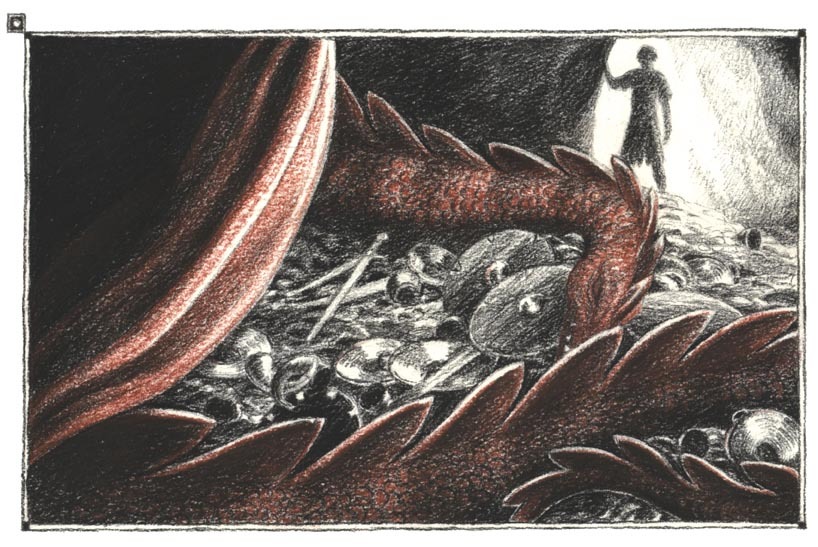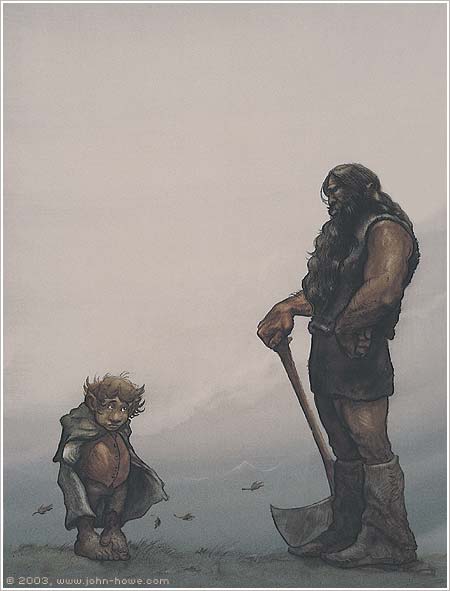
We're all going to heaven, lads, waheeey. Source
Happy Christmas (or should I say Happy Yule?) to all and to all a Happy Christmas. Tis the eve of the New Year, hopefully one that will be filled with a lot more motivation (I got my PhD!), a lot more exercise, a lot more painting, a lot more reading, and a lot less drinking!
Since I have basically spent my Christmas forcing as much drink into myself as possible (and equally telling myself that I am never ever touching drink again, whilst simultaneously pouring myself another glass (sure one won't hurt!)), I think it is a good time to write a post on alcohol and its history in Anglo-Saxon England, and other areas of interest!
So, back in the good old days, there were a few main types of alcoholic beverages drank by the Anglo-Saxons - mead, ale, beer and wine (fortunately for them they never had to experience Tesco Value Vodka) - medu, ealu, beor and win. It is unknown still whether these drinks were pretty much the same as the equivalents of today, and some believe that what the Anglo-Saxons referred to as beor, was in fact cider.

Like us today, the Anglo-Saxons were obviously fond of the few scoops, as evidence from words like gebeorscipe, meaning "drinking party", and the fact that they had what we call "mead-halls". Furthermore, vessels like drinking-horns are mentioned in Beowulf (the Danes drink mead) and fittings for drinking-horns were discovered at Sutton Hoo.
It seems that wine wasn't much of a drink for the masses (or well...it was, but not those masses). Before the ninth-or-so century (this differs with sources), it seems that the climate wasn't suitable for cultivating wine, and so, before this, wine was imported from warmer climates, and so, was only really used for religious purposes and by the few who could afford to pay for it. Even so, after the climate improved, wine was really only left for the upper classes of society, while the rest of the dregs got pissed on ale and beor.
What we mostly seem to think of when we think of alcohol in these times is mead. In Norse Mythology, it's the drink that seems to be what you will be drinking for the rest of your life once you reach Valhalla, and os the source of Odin's strength as he suckled it froma goat as an infant. This however, is actually a foreign drink, the term medu coming from Proto-Indo-European médu, and similar drinks from the same (or earlier) period can be found all over the world, from the Slavic (med or miod), Baltic (midus) Sanskrit (madhu), and appears with different names all over the world, including Africa and Northern China (where the first possible traces of the making of mead are found). So, it's not an exclusively Anglo-Saxon or even Norse or Germanic, or even Western European, drink!
I enjoy some mead in the coolest pub in Stockholm
That is all for now. Hope you have a great New Year!





